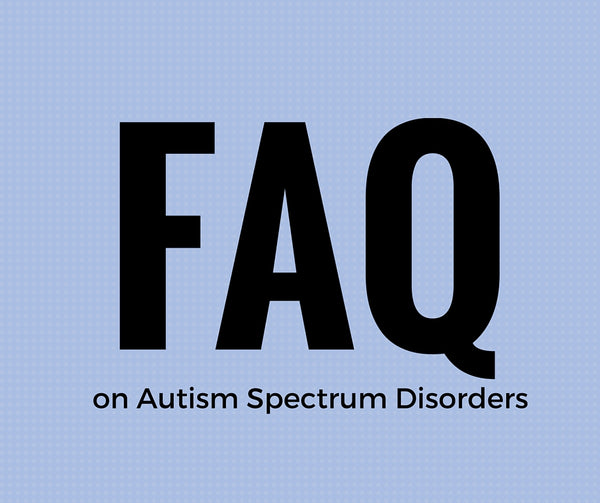Sensory Brushing Therapy For Children With Autism
WHAT ARE THE BENEFITS OF SENSORY BRUSHING THERAPY?
It can help patients who engage in unsafe or undesired behaviors or are sensory seeking. Brushing can help children with autism, slow-to-start, or overly cautious, and those that are picky eaters. Pediatric clients may benefit from brushing if they struggle with poor motor coordination or balance issues.
Some of the benefits of using sensory brushing are that it improves:
- focus
- the ability to handle new situations
- self-awareness
- self-organization
- self-control
It can increase a child’s ability to optimize their arousal and activity levels as well as decrease sensory defensiveness. The Wilbarger brushing protocol involves the sensory brush, paired with joint compression, completed in a sequence and according to a schedule.
The Wilbarger (brushing) Protocol is a widely used procedure for decreasing sensory defensiveness; especially children with Autism. For many, this procedure providing deep pressure stimulation through “brushing” and joint compression, can help decrease tactile defensiveness.
This procedure can be completed in a couple of minutes, but needs to be implemented every 1.5 to 2 hours, for the first couple of weeks. It is recommended that parents use this technique on children with autism.
This is the Demonstration of Wilbarger technique using the Sensory Brush.
Wilbarger technique will improve the sensory tactile, kinesthetic, and proprioceptive awareness when brushing the arms, legs and back.





